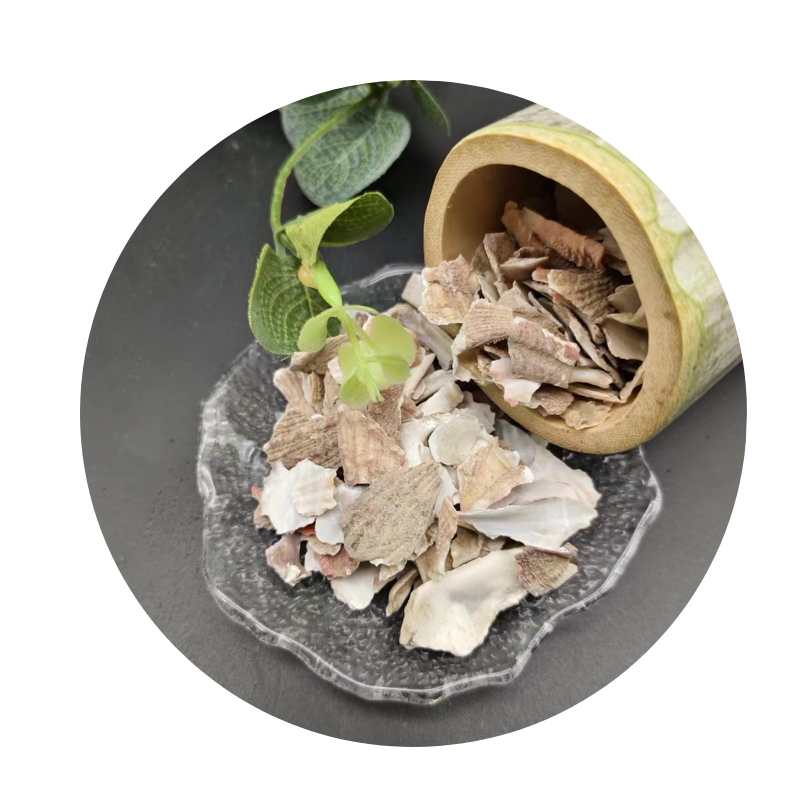
Exploring the Environmental Benefits and Applications of Fly Ash in Sustainable Construction Practices
The Role of Fly Ash in Sustainable Construction
Fly ash, a byproduct of coal combustion in power plants, has emerged as a significant material in sustainable construction practices. As the construction industry grapples with the environmental impact of traditional building materials, fly ash offers a promising alternative that not only enhances the properties of concrete but also contributes to waste reduction and resource conservation.
Incorporated as a supplementary cementitious material (SCM), fly ash is known to improve the durability and performance of concrete. Its fine particle size and spherical shape make it an excellent pozzolan, capable of reacting with calcium hydroxide in the presence of moisture to form additional cementitious compounds. This reaction enhances the strength and durability of concrete, resulting in structures that can withstand harsh environmental conditions. Furthermore, the incorporation of fly ash can reduce the heat of hydration, making it particularly advantageous in massive concrete structures where temperature control is critical.
Another significant advantage of using fly ash in concrete is its contribution to sustainability. Traditional concrete production relies heavily on Portland cement, a material whose production is energy-intensive and associated with substantial carbon dioxide emissions. By replacing a portion of Portland cement with fly ash, concrete producers can significantly lower their carbon footprint. Studies indicate that replacing just 20-30% of cement with fly ash can reduce CO2 emissions by up to 30%, contributing to a greener construction industry.
fly ash

Moreover, fly ash helps in managing industrial waste. The increasing reliance on coal for energy production has resulted in large quantities of fly ash being generated annually, much of which ends up in landfills. Utilizing fly ash in construction not only reduces the amount of waste sent to landfills but also promotes the recycling of industrial byproducts. This aligns with the principles of the circular economy, where materials are reused and reincorporated into production processes, minimizing environmental impact.
In addition to its environmental benefits, fly ash can enhance the financial viability of concrete projects. The use of fly ash can lead to cost savings. As a byproduct, fly ash is often less expensive than traditional cement, and its use can lead to reduced materials costs for contractors. Furthermore, the enhanced durability of fly ash concrete often translates to lower maintenance costs over the life cycle of a structure, making it an economically attractive option.
However, the use of fly ash is not without challenges. Not all fly ash is created equal; its properties can vary significantly based on the source of the coal, the combustion process, and the collection methods employed. This variability necessitates stringent quality control measures and testing to ensure that the fly ash being used meets the relevant standards and specifications. Additionally, there are concerns regarding the leaching of heavy metals from fly ash into the environment, necessitating careful management and regulation of its use.
In conclusion, fly ash presents a valuable opportunity for the construction industry to embrace more sustainable practices. By improving the performance of concrete, reducing energy consumption and emissions associated with cement production, and promoting waste recycling, fly ash aligns well with the goals of sustainable development. As awareness of environmental issues continues to grow, the adoption of fly ash in construction is likely to increase, paving the way for greener, more resilient infrastructure. The challenge moving forward will be ensuring the safe and effective use of this versatile material in building the cities of tomorrow.
Share
-
Premium Pigment Supplier Custom Solutions & Bulk OrdersNewsMay.30,2025
-
Top China Slag Fly Ash Manufacturer OEM Factory SolutionsNewsMay.30,2025
-
Natural Lava Rock & Pumice for Landscaping Durable Volcanic SolutionsNewsMay.30,2025
-
Custom Micro Silica Fume Powder Manufacturers High-Purity SolutionsNewsMay.29,2025
-
Custom Mica Powder Pigment Manufacturers Vibrant Colors & Bulk OrdersNewsMay.29,2025
-
Custom Micro Silica Fume Powder Manufacturers Premium QualityNewsMay.29,2025






